How Do Dogs Point? Unveiling Their Intriguing Behavior
Dogs have always been known for their keen senses and remarkable instincts. One such behavior that fascinates dog owners and hunters alike is the act of pointing. This unique behavior features the dog standing motionless, with its nose thrust forward at the strongest scent, one front foot bent up, and tail directed toward the sky, indicating the location of prey hiding nearby.
So, how do dogs point, and what’s behind this fascinating phenomenon? Let’s take a closer look at this canine quirk.

Pointing dogs belong to a class of gundogs that assist hunters by finding, identifying, and even tracking down prey after it has been killed or captured. This ability to pinpoint the location of prey comes naturally to some breeds due to their inherent genetics, while others require consistent training to develop and refine their pointing skills.
Pointing Dog Breeds
When it comes to pointing dogs, there’s a wide variety of breeds that have been specifically trained for generations to assist hunters in finding and identifying prey. This section will introduce you to some of the most popular pointing dog breeds, their unique characteristics, and their role as tireless hunting companions. Remember, these dogs don’t just point with their noses, they also point the way to a great day in the field.
Setters
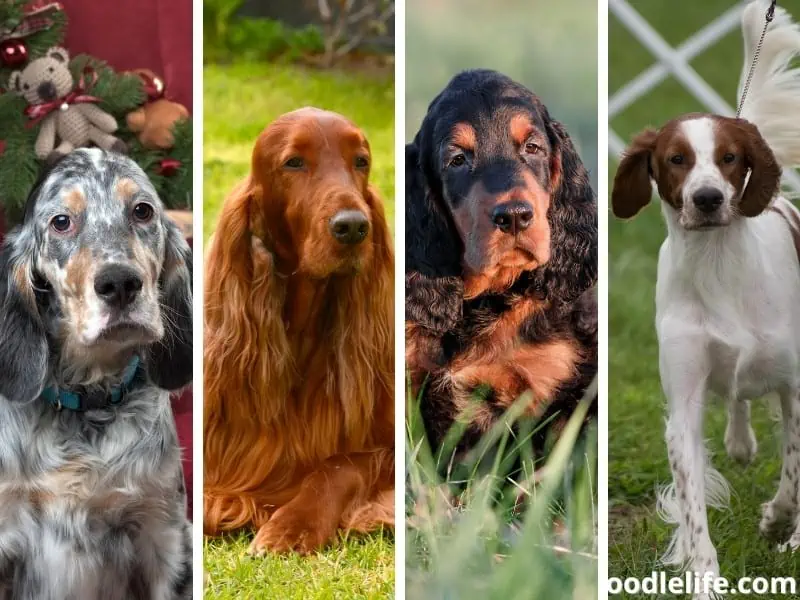
English Setter: The English Setter is known for its speckled coat and elegant appearance. But don’t let their looks deceive you – these dogs have a keen nose for prey and can work tirelessly in the field.
Irish Setter: With their luxurious red coats, these good-looking dogs are more than just a pretty face. They’re highly energetic and excel at finding, pointing, and tracking birds in a variety of terrain.
Gordon Setter: This regal black and tan setter has a strong build and is known for their stamina and persistence on the hunt. They’ve got a nose that won’t quit, and neither will they.
Irish Red and White Setter: Similar to their Irish Setter cousins, these dogs possess exceptional hunting instincts. Their distinctive red and white coat only adds to their charm on the field.
Pointers
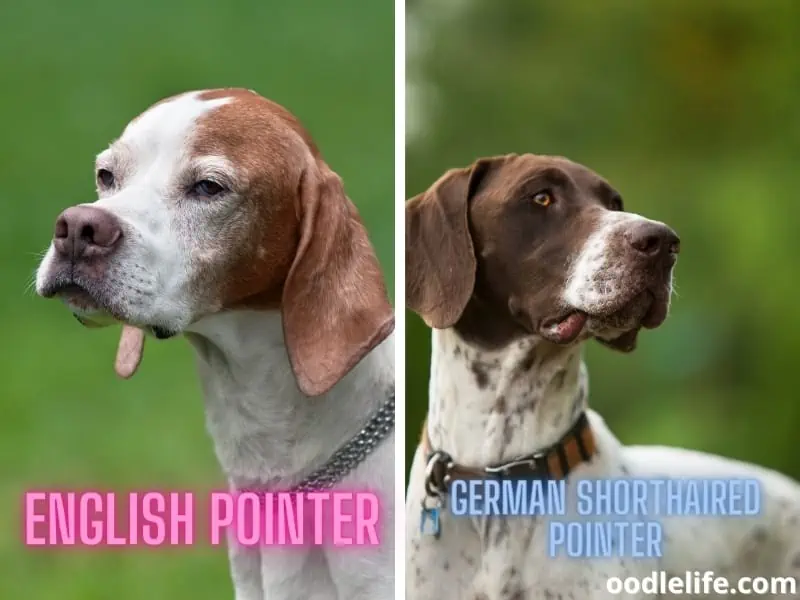
English Pointer: This breed is the epitome of a classic pointing dog. With a strong, muscular body and laser-focus on their prey, they’re ready to tackle even the most challenging hunts.
German Shorthaired Pointer: Versatile and intelligent, this breed is a jack-of-all-trades in the world of hunting dogs. They’re excellent at pointing, retrieving, and tracking down prey – and they look good doing it with their sleek coats and athletic build.
Retrievers
While retrievers are generally not considered pointing dog breeds, the German Shorthaired Pointer does double duty as an exceptional retriever. They are skilled and tenacious in retrieving prey, even from water, making them a multitasking gundog favorite.
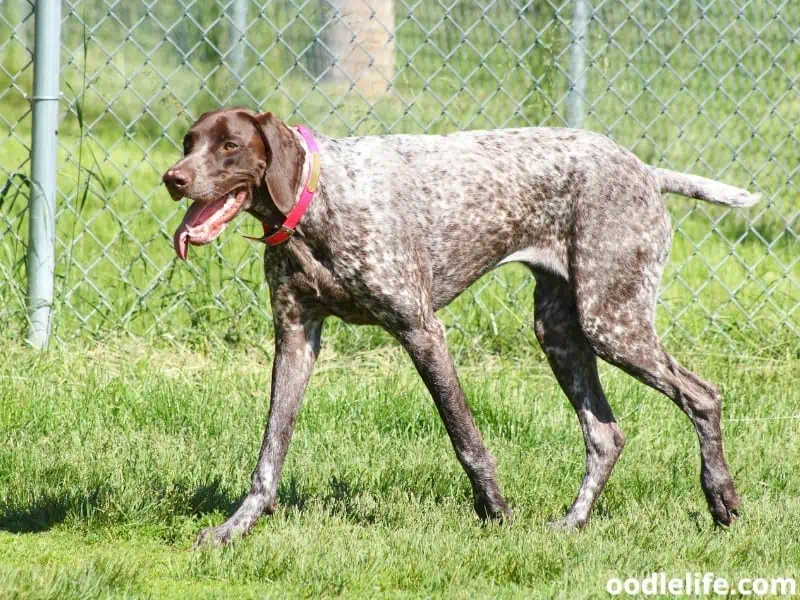
Spaniels
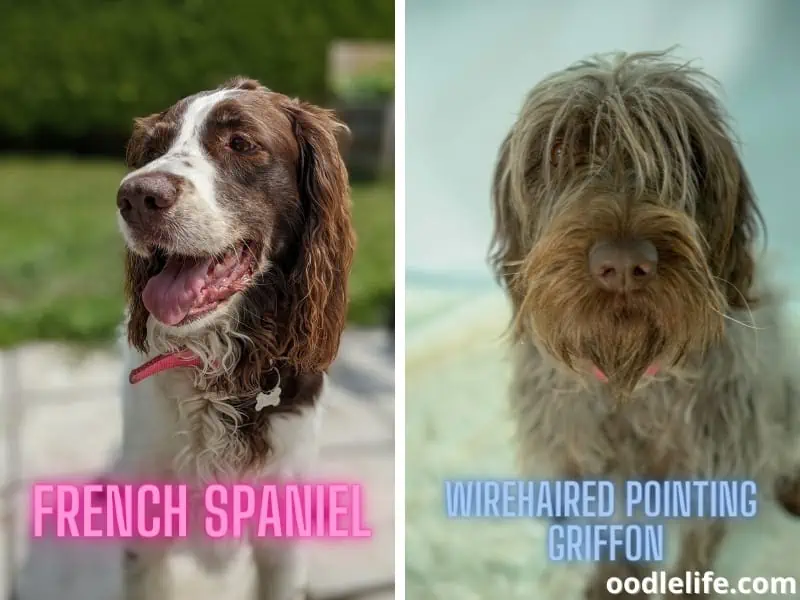
French Spaniel: This charming and eager-to-please breed is adept at pointing and tracking game in various terrains. Their lush, feathered coat may be reminiscent of a fashion-forward dog, but they’re all business on the field.
Wirehaired Pointing Griffon: This breed may seem like they got dressed in the dark with their scruffy, wirehaired coat, but they’re highly skilled at pointing and retrieving. Their sense of humor on the field is just an added bonus!
These pointing dog breeds, each with their distinct appearance and skill set, make for exceptional hunting companions and loyal friends. With their varying personalities, coat colors, and sizes, there’s a pointing dog out there for every aspiring hunter and outdoor enthusiast. So grab your gear, and let the dogs lead the way!
Understanding Canine Pointing Behavior
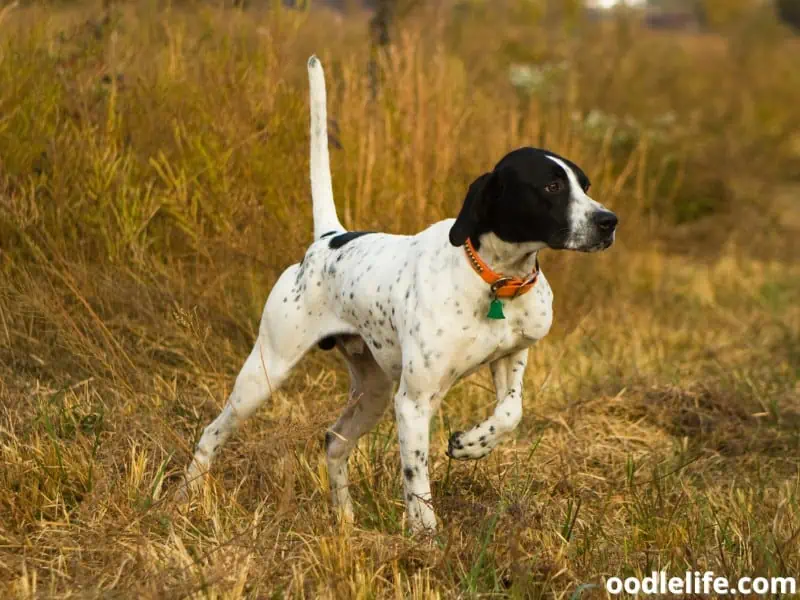
Natural Instincts
Pointing is a natural instinct in some dog breeds, such as the aptly named Pointer. These dogs have been bred to assist hunters by detecting prey and directing their snouts towards it. The classical pose involves the dog standing motionless, nose thrust forward to the strongest scent, one front paw bent up, and tail (if it has one) directed toward the sky.
For the pointing breeds, this behavior is spontaneous and can be enhanced through training. It’s like they’re saying, “Hey, human! I smell something interesting over there!”
Body Language and Posture
A dog’s body language and posture while pointing are crucial in understanding its intentions. While in the famous pointing stance, the dog’s facial expressions and actions can indicate whether it has detected prey or simply being attentive.
- Raise their paw: Often paired with a forward-pointing snout, this gesture alerts the handler that the dog is ready for action.
- Tail: The position of the tail can reveal the dog’s arousal level, with a stiff and elevated tail suggesting excitement or stress.
- Facial expressions: Ears perked and eyes locked on the target show that the dog is highly focused on something it considers important.
Just like how humans wear their hearts on their sleeves, dogs use their body language to convey their excitement and intentions. Clever canines!
Skills Enhancement Through Training
While pointing is a natural behavior for some breeds, it can be enhanced with proper training in a consistent manner. Handlers should follow a chain of events during training: walk, stop, focus, point, pause, and praise.
- Start in small areas with minimal distractions
- Gradually move to larger areas with more distractions as the pup improves
- Encourage the dog to focus on and point to the source of the strongest scent by using praise and rewards
By sticking to these training principles, you’ll have a pointing dog that can rival the experts – and maybe even beat them at their own game. Who said you can’t teach an old dog new tricks?
Training a Pointing Dog
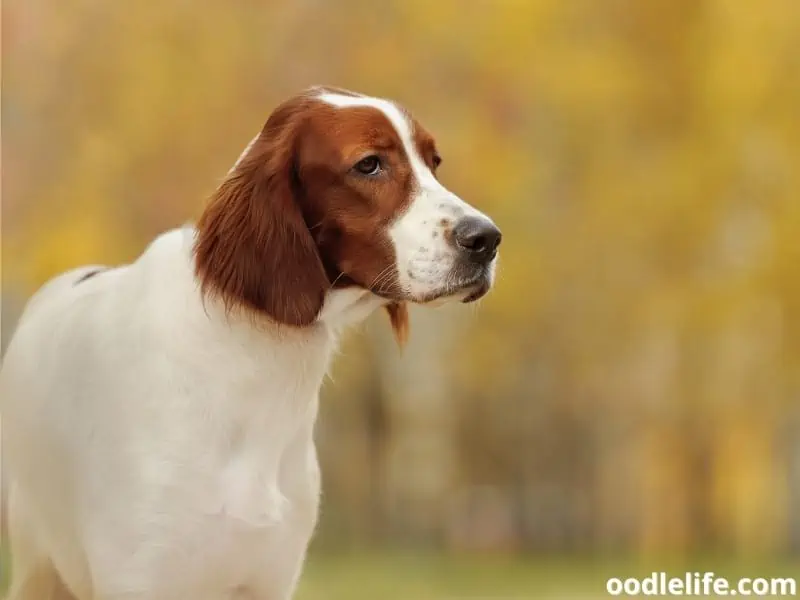
Teaching Basic Commands
Training a pointing dog starts with teaching the fundamental commands. Start with basics like “sit,” “stay,” and “come.” Consistency and positive reinforcement are key.
Praise your dog when they obey a command correctly. Combined with interesting training sessions, your dog will develop sharp focus.
Example:
1. Command: "Sit"
2. Dog sits
3. Reward: Praise and treatIntroducing Prey Simulation
Once your dog has mastered basic commands, introduce prey simulation. Fetch games using bird dummies teach dog to focus on the “bird.” Encourage their natural pointing instinct by hiding the dummy, then praising them when they point.
Remember, practice makes perfect and a daily routine helps!
- Hide bird dummy
- Dog searches and points
- Praise and rewardWhistle and Bell Training
Communication is crucial during the hunt. Equip your dog with a collar bell, allowing you to track their movement. Teach whistle commands like “come” (one whistle) or “pause” (two whistles).
The whistle extends the range of your voice, enhancing your connection.
Whistle commands:
- One whistle: Come
- Two whistles: Pause
A well-trained pointing dog is like having a GPS device with fur. Follow these steps, and your adventures in the field will become legendary. Just remember that Rome wasn’t built in a day, and neither is a pointing prodigy!
Roles of Pointing Dogs in Hunting

Hunting Breeds with Nets
In ancient times, hunters and their dogs worked together using nets to catch game. Pointing dogs played a crucial role in this teamwork, as they would locate the prey and point their muzzle towards it. With a pointing dog’s keen sense of smell and sharp instincts, hunters could quickly locate and trap prey in the nets.
Some examples of pointing breeds include the English Pointer, German Shorthaired Pointer, and the Vizsla. All these breeds share an innate ability to point out game, making them invaluable companions for hunters.
Some popular pointing breeds:
- English Pointer
- German Shorthaired Pointer
- VizslaWolves’ Hunting Strategy
Interestingly, the pointing behavior exhibited by dogs has deep roots in their wild ancestry. Their closest relatives, wolves, also use a similar strategy when hunting in packs. If you have ever seen those superb wildlife documentaries, you may remember how wolves take a moment and position themselves before launching an attack on their prey.
This behavior, much like that of pointing dogs, allows the pack to synchronize and efficiently coordinate their efforts to catch elusive prey.
Connections
So, how are hunting dogs, wolves, and nets connected? You might not have expected a fascinating puzzle like this, but here we are. The answer lies in the shared hunting strategy that links these diverse hunters.
Both dogs and wolves share an ancestral predatory instinct that has evolved over millennia. This instinct was molded by human hunters who selectively bred dogs that had a natural tendency to point, ultimately leading to the creation of various hunting breeds with remarkable pointing abilities.
When paired with nets, these talented dogs enabled hunters to efficiently locate and catch prey, making the most of their canine companion’s highly developed sense of smell and amazing raw instincts.
And there you have it: a whirlwind journey through the fascinating world of pointing dogs and their role in hunting. From wolves to nets, and everything in between, these amazing canine athletes prove that true teamwork goes beyond species boundaries.
Pointing in Non-Hunting Breeds
Domesticated Dogs
While pointing is commonly associated with hunting breeds, non-hunting dogs can exhibit this behavior as well. For example, small breeds such as Terriers may also lift a paw and point to bring attention to a particular spot or notify their pet parent where to look. Generally, pointing in non-hunting dogs is driven by their natural instincts and curiosity.
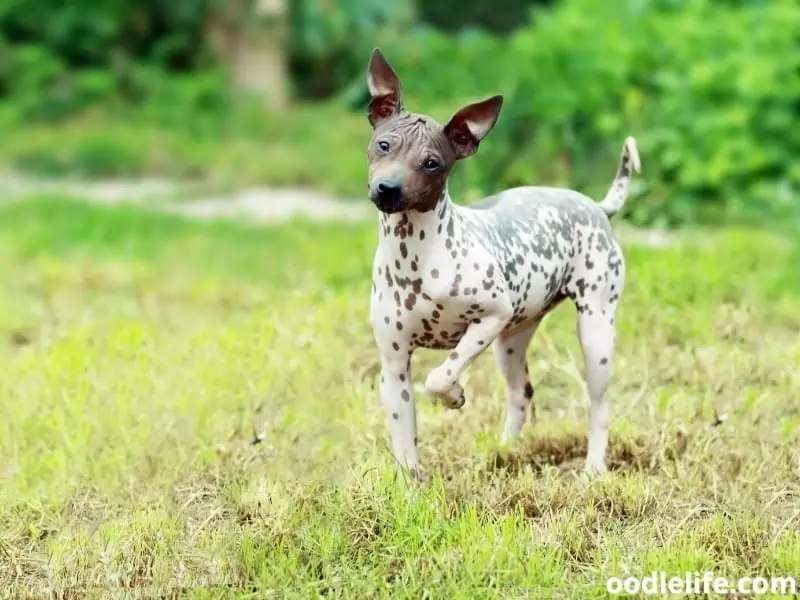
Instead of hunting purposes, domesticated dogs may point at a toy, treat, or even another companion. It’s all about drawing attention to something interesting or getting their owner’s focus. So, don’t be surprised if your non-hunting dog occasionally strikes a point at an intriguing find.
Older Dogs
Age does not deter dogs from pointing. In fact, older dogs can still exhibit the same reflexes and instincts as younger ones, despite having slower reflexes and less agility. While young dogs may rely on sheer athleticism, older dogs can fine-tune their pointing skills with years of experience and wisdom.
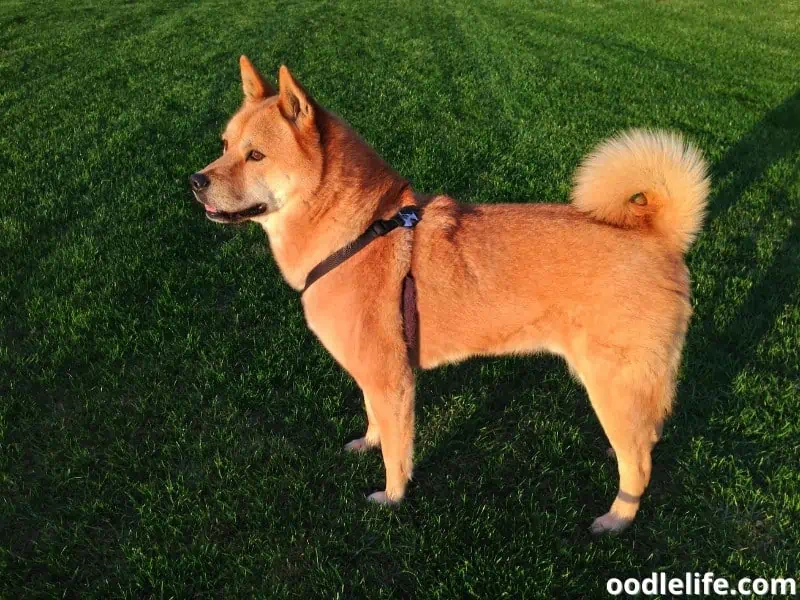
Older dogs often become experts at reading subtle signs in their environment, enabling them to identify intriguing spots or objects. Consequently, they may point more accurately and effectively than their younger counterparts. This is a testament to the strong instincts and inherent nature of dogs, regardless of their breed or age.
In summary, pointing in non-hunting dogs is a fascinating display of their natural instincts and an entertaining sight for their owners. Whether young or old, domesticated or wild, the pointing behavior of dogs continues to be a captivating part of their inherent skills and characteristics.
Sense of Smell and Pointing
A dog’s sense of smell is nothing short of extraordinary. It is believed that dogs can smell from 44 to 100 times better than humans! This incredible ability is due to the larger area dedicated to scent in their brains, known as the olfactory bulbs.
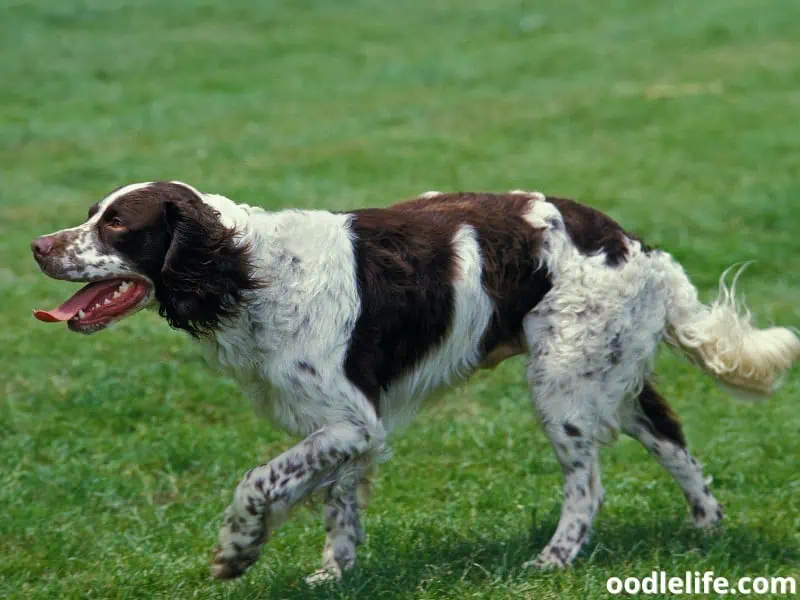
Just imagine if your nose could pick up on scents like a superhero! 🦸🐶
When it comes to pointing, a hunting dog’s keen sense of smell plays a major role. Picture this: a dog catches the scent of prey from a distance and approaches cautiously. As they get closer, their body tenses, and they “point” in the direction of the prey.
This natural behavior comes from their genetic predisposition and is fine-tuned with training. Just like Batman honing his detective skills, these four-legged friends are perfecting their sniffing abilities! 🦇🕵️🐕
In the early stages of a dog’s life, they may rely more on sight when pointing. However, as they mature and develop their olfactory skills, a dog will predominantly point based on smell. This transition is like when young children learn to read – at first, they identify letters by sight, but over time, they seamlessly process the words in their minds.
Similarly, dogs progress from sight-pointing to scent-pointing as they mature. 📚🐾
In conclusion, a dog’s remarkable sense of smell is the key to their pointing behavior. With a nose that puts even the best detectives to shame, dogs are certainly equipped to wow us with their sensory abilities. So, the next time you see a dog pointing, you know they’re using their superhero-like senses to show off their hunting instincts! 🦸🐶🔍
Veterinarians, Breeders, and the American Kennel Club
When it comes to understanding the fascinating phenomenon of dogs pointing, the input and expertise of veterinarians, breeders, and the American Kennel Club play a crucial role. Let’s dig into how each of these entities contributes to our knowledge of this remarkable canine behavior.
Veterinarians
Veterinarians are the unsung heroes in the world of dog behavior. They possess valuable insights into canine health, and they often notice nuances in our furry friends’ body language. So, when Fido strikes that classic pointing pose, vets can help us decode the message behind it.
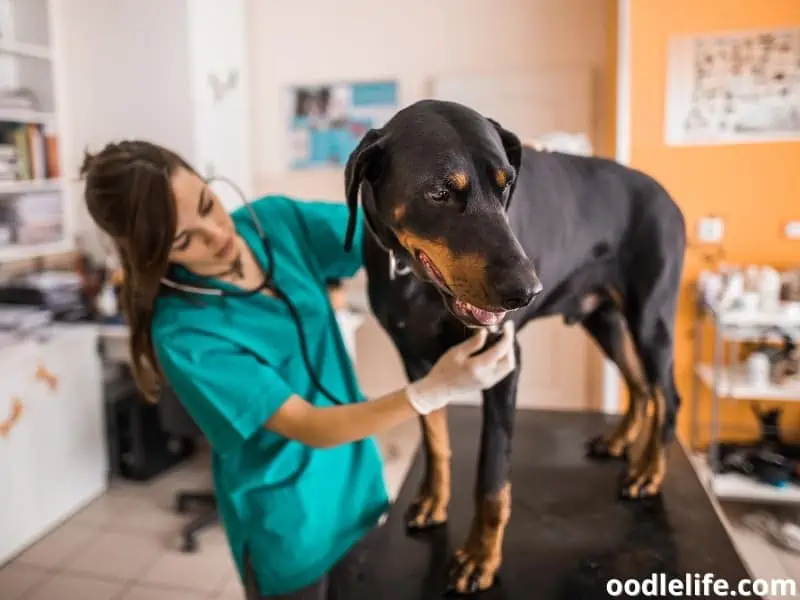
Of course, they might also be the ones on the receiving end of a point – it’s not every vet visit that goes without your dog suspiciously pointing at that dreaded scale!
Breeders
Dog breeders know their canine family members like the back of their hands. By selectively choosing traits to produce certain dogs, they’ve played a central role in the development of pointing breeds like the English Pointer or the German Shorthaired Pointer. After all, how else would we stumble upon the perfect combination of genes for this uncanny behavior?

Breeders continue to refine their dogs with a pointing prowess that would make Sherlock Holmes jealous… if he were a canine enthusiast, of course.
The American Kennel Club
Last but certainly not least, let’s tip our hats to the American Kennel Club (AKC). These folks serve as the guiding force for all things pup-related in the United States. They help us distinguish between various pointing breeds and offer a wealth of resources on how to train our pointy companions.
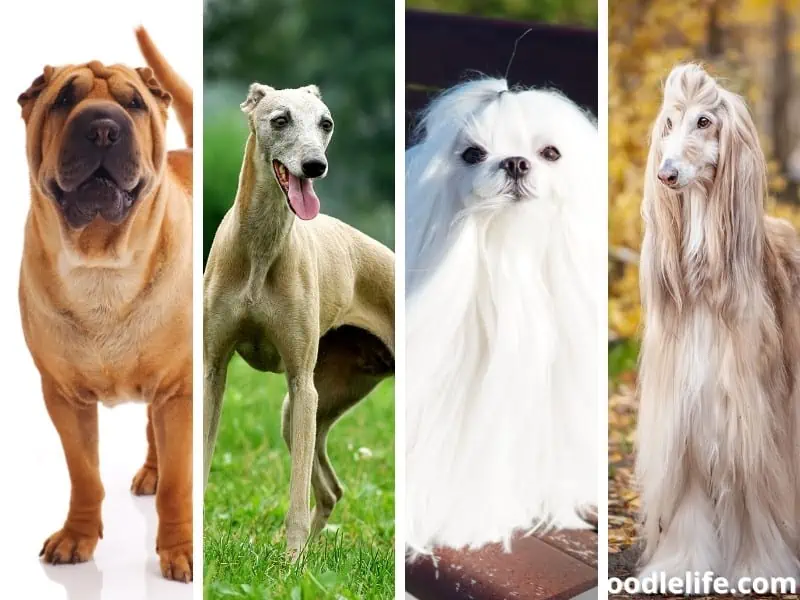
In fact, their expert advice ensures new pointing breed owners won’t be left playing canine charades for months on end.
In a nutshell, the close collaboration between veterinarians, breeders, and the American Kennel Club allows us to appreciate the art of dog pointing to the fullest. It’s because of their collective dedication that we can now watch our pawed pals flawlessly point out the optimal location for belly rubs and treat hiding spots with remarkable accuracy.
Tail Wagging and Other Canine Stress Indicators
Dogs are experts at non-verbal communication, and their primary method of expressing themselves is through body language. One of the most recognizable and versatile aspects of canine body language is tail wagging. It’s not just a simple display of happiness; tail wagging can convey a range of emotions and intentions.
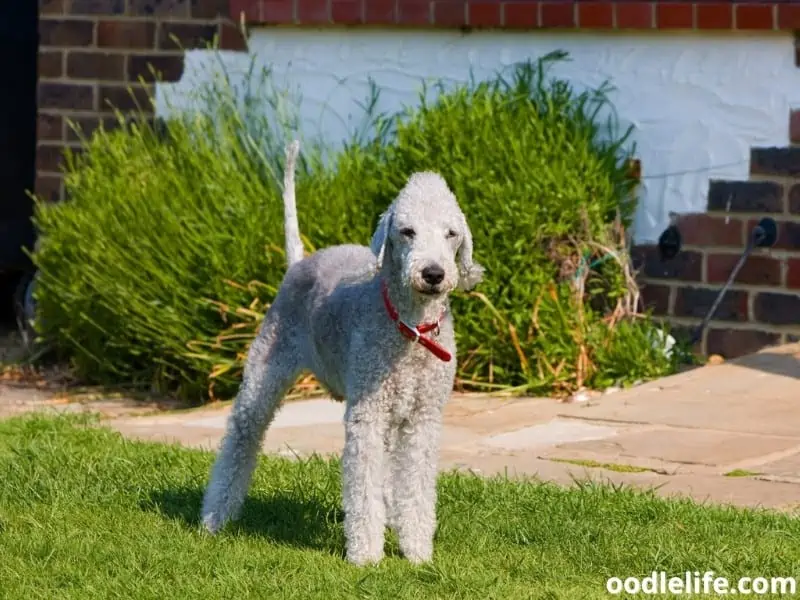
When a dog wags its tail to the right, it generally signals companionship and confidence. On the other hand, tail wagging to the left often indicates insecurity or stress. A lowered tail between the legs is a common sign of fear, anxiety, or submission.
A slow wag might suggest that a dog is unsure and feeling insecure about a situation.
However, tail wagging isn’t the only way dogs communicate stress through body language. Here are some other indicators to look out for:
- Ears: Ears pinned back or pulled tightly against the head can be a sign of stress or fear.
- Eyes: Look for “whale eye,” where the whites of a dog’s eyes become more visible. This often occurs when a dog feels uncomfortable or threatened.
- Mouth: A dog who is stressed or anxious may lick their lips or yawn frequently.
- Pacing: Restlessness and pacing can be indicators of stress in dogs.
It’s important to remember that context matters when interpreting dog body language. A yawn can mean a dog is tired or stressed, but that yawn could also just mean, “Hey, I didn’t sleep well last night because the neighbor’s cat decided to practice its opera singing at 3 AM.
Being able to interpret tail wagging and other canine stress indicators helps strengthen the bond between you and your furry companion. Like doggy mind reading, it allows for a more empathetic and understanding relationship, which can lead to more belly rubs, ear scritches, and endless games of fetch.